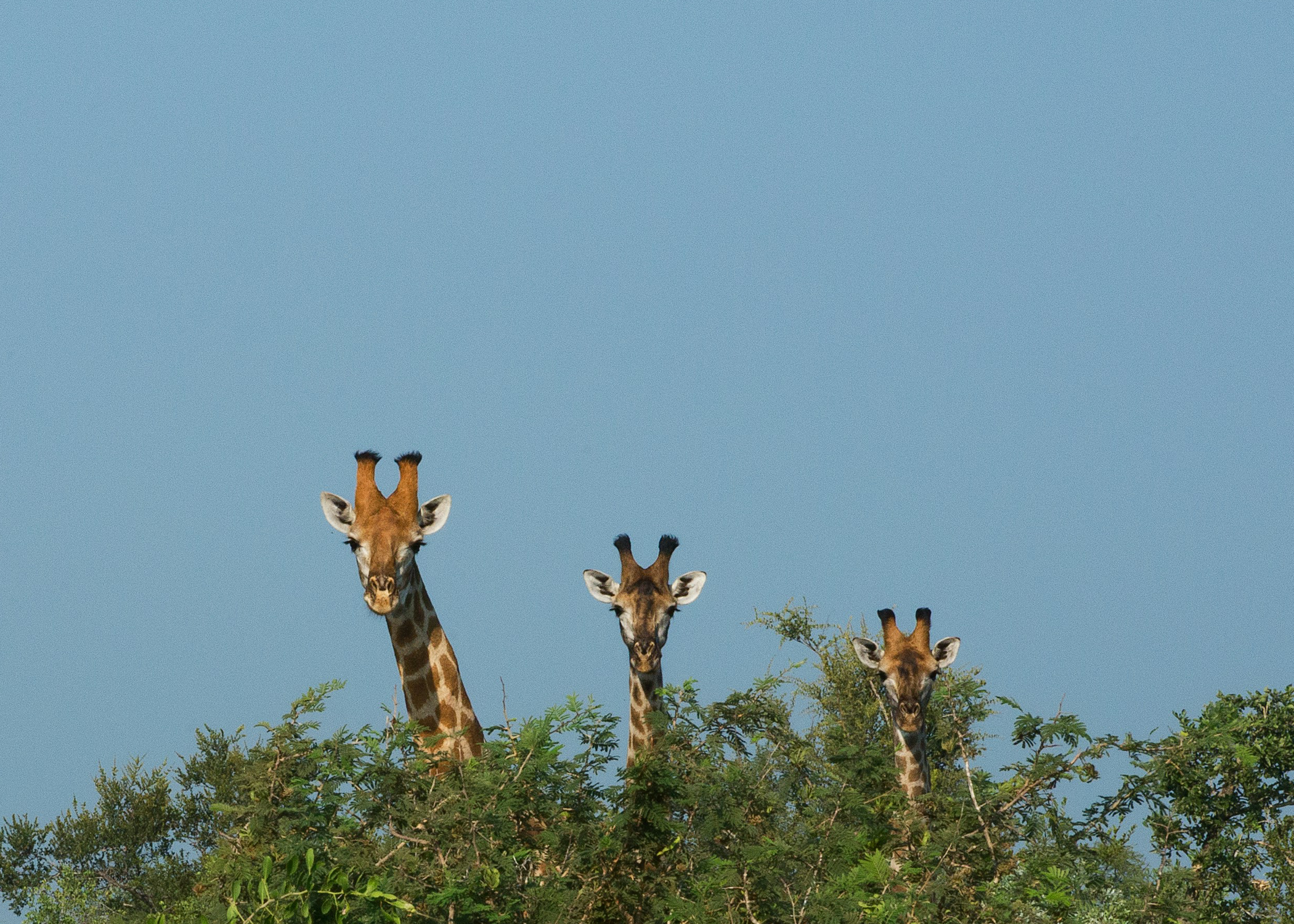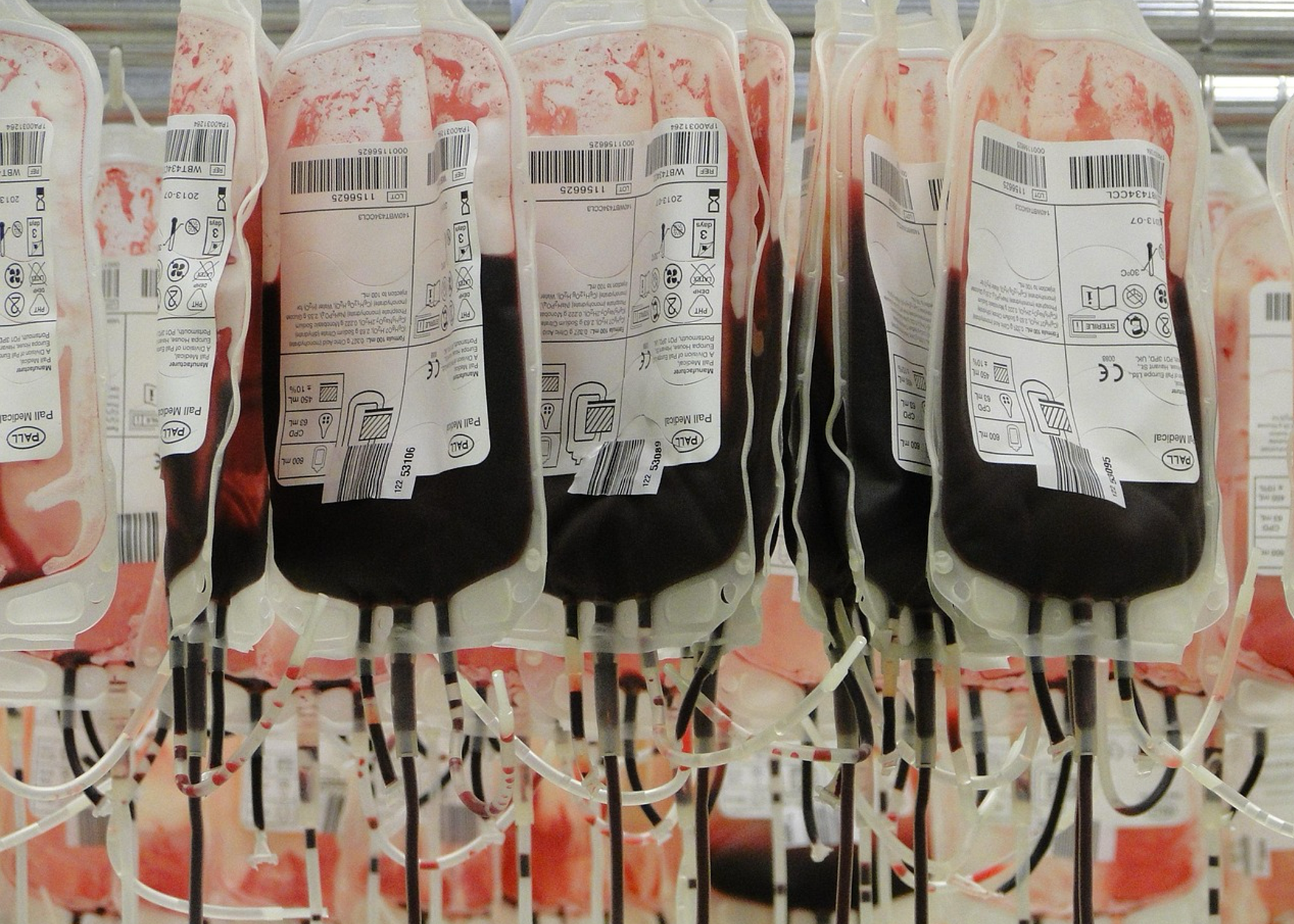Protein synthesis
Go to this resource to learn more about the process of protein synthesis.
Genes and genomes are the blueprints of life. Understanding how genes function and how the entire genome is organised helps us learn how traits are inherited and how organisms develop. This knowledge is essential for advancements in medicine, agriculture, and biotechnology. Use this resource to explore the roles genes and genomes play in biology.
Every living thing relies on genetic instructions to function and grow. To do this, we need proteins which are coded by sequences of DNA called genes. Genes determine our physical traits like eye colour, height, skin colour and facial features.




Brown eye, by Chris Curry via Unsplash; Giraffes, by Vincent van Zalinge via Unsplash; Blood bags, by sabinurce via Pixabay; Curly hair, by Tamas Pap via Unsplash
An organism’s entire set of DNA, including all their genes and also non-coding sequences, is called its genome.
Gene expression is the process by which the instructions in a gene are used to produce proteins, which perform essential functions in the cell. You can read more about Protein synthesis.
Not all genes are active at all times. Genes that “on” at all times are called constitutive genes. They are continually transcribed. Important examples are ribosomal protein genes, which are needed constantly for protein production.
Some constitutive genes, known as housekeeping genes, are expressed at stable levels. They are needed for basic cellular functions.
Genes that are expressed only when needed are called facultative genes. These allow cells to respond to environment changes or developmental signals.
Gene regulation involves controlling when and how much a gene is expressed. This ensures that proteins are produced at the right time, in the right amount, and in the right cells. Gene regulation is crucial for normal growth, development, and adaptation.
There are regulatory proteins that control this process:
These proteins bind to specific regions of DNA to control transcription:

Enhancers and silencers can be found between genes and in the introns of other genes, which are non-coding segments of DNA that do not produce proteins. Because DNA is folded and coiled, these regions can actually be close to the transcription start site for gene.
Each gene can have different versions, called alleles. A single gene usually has two alleles, with one given to you from each parent. As the human has more than \(20,000\) protein-coding genes, think about all the possible combinations of alleles. This is what gives humans such diversity.
The alleles specific to you as an individual result is your genotype. These are indicated using a two-letter code, with each letter representing an allele.
For example, a gene for the colour of corn has two alleles, \(P\) and \(p\). The possible genotypes are \(PP\), \(pp\) and \(Pp\).
Each genotype may give a different physical trait or phenotype. In this case, \(P\) causes purple corn phenotype and \(p\) causes yellow corn phenotype.

See how well you understand genes and alleles with a quick quiz.